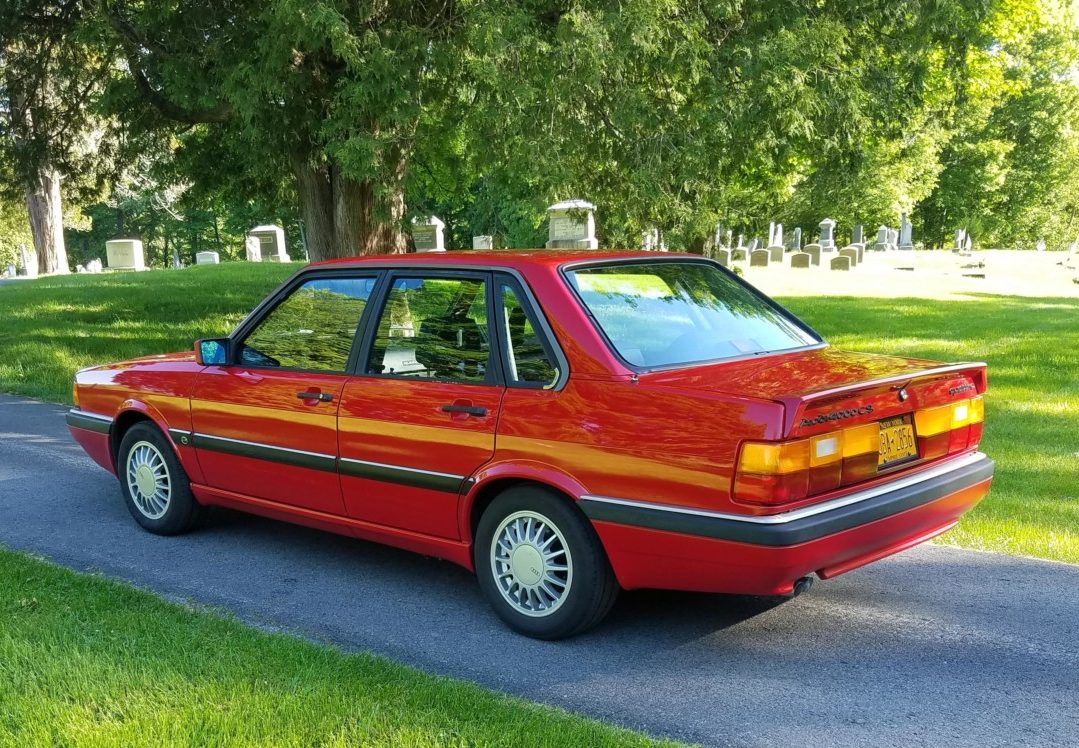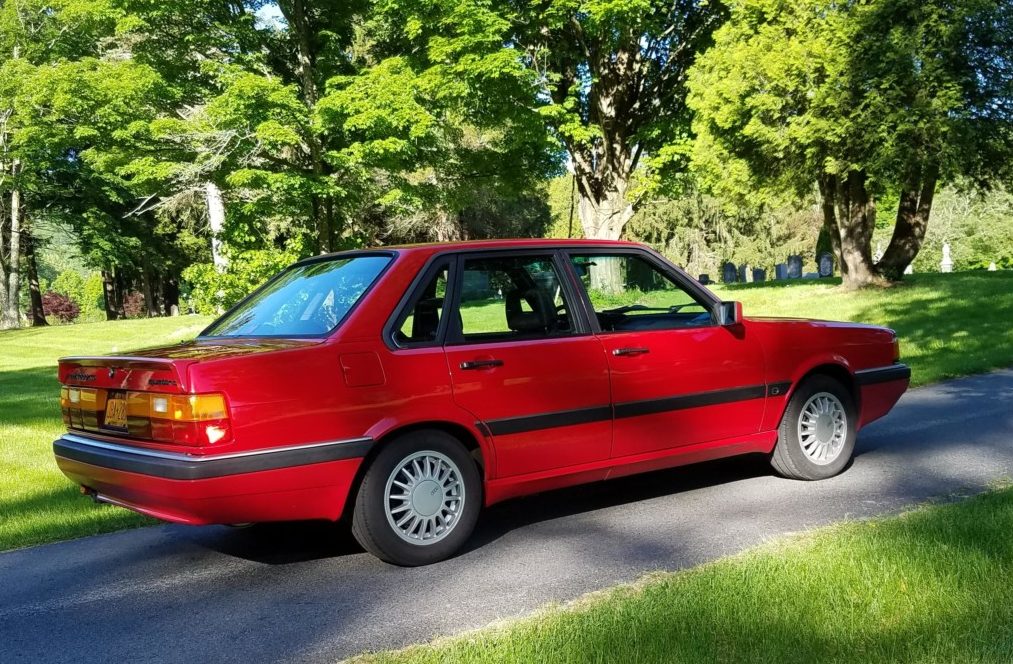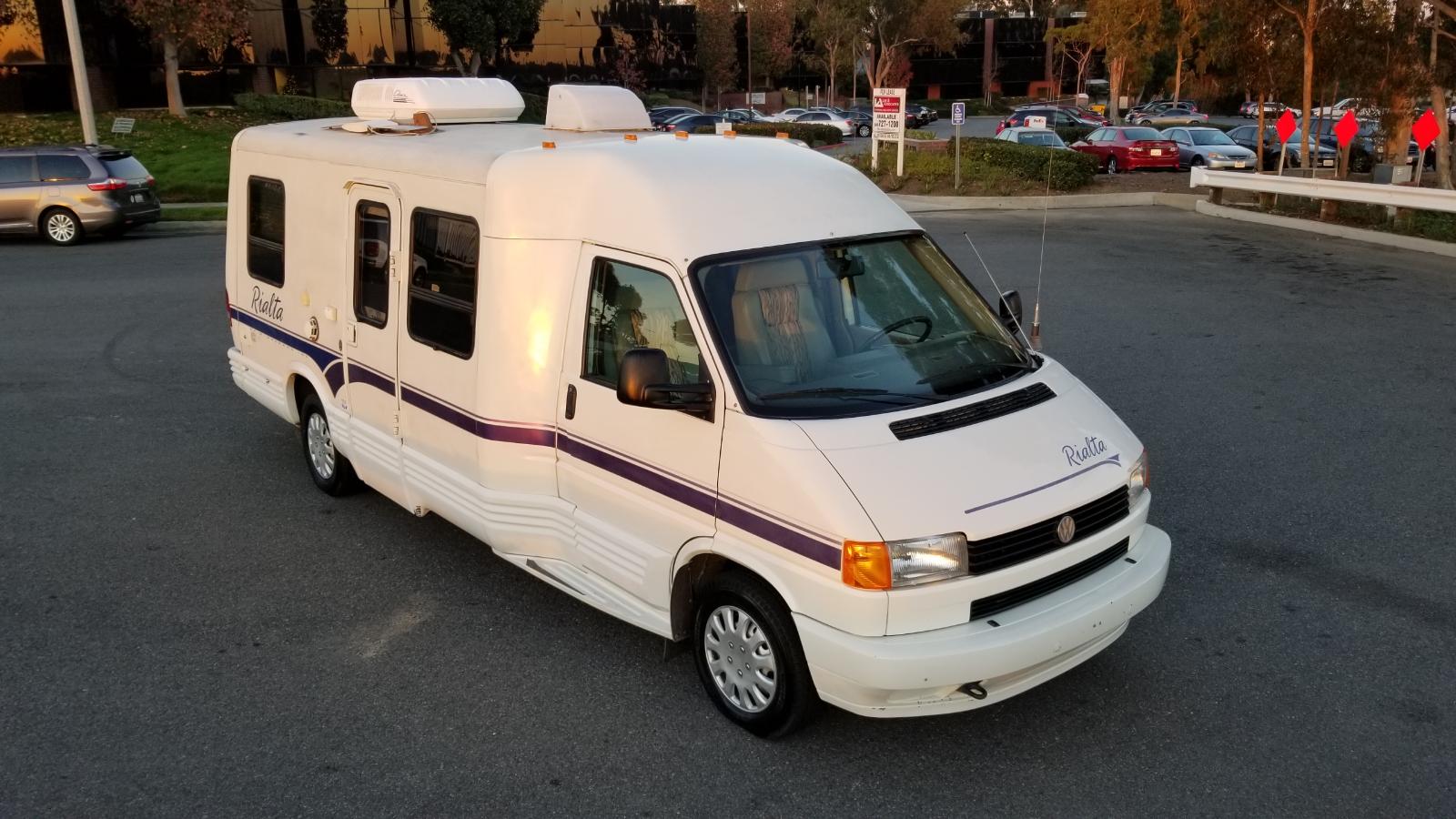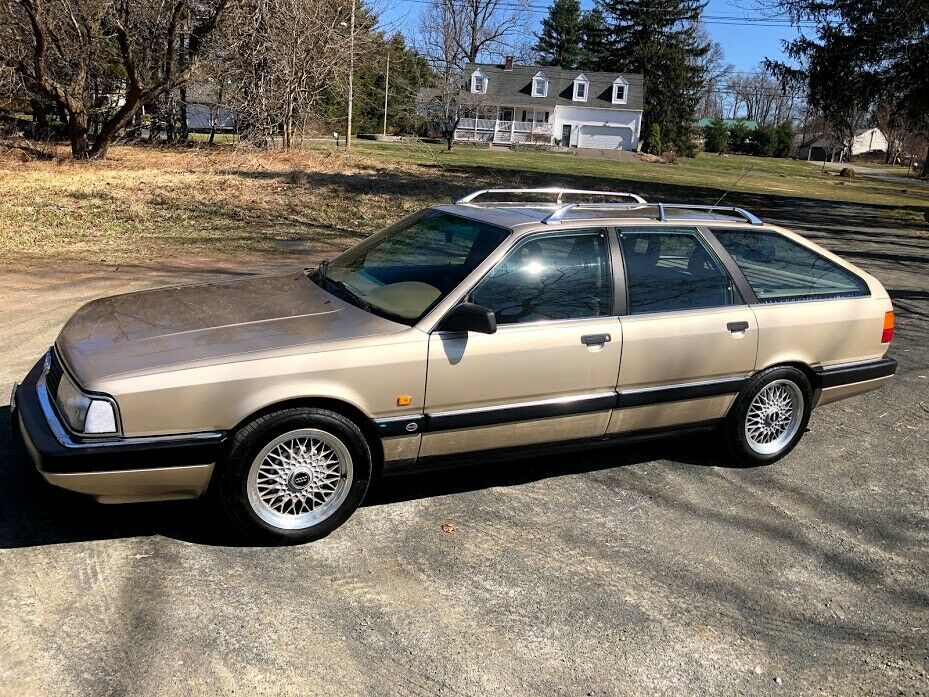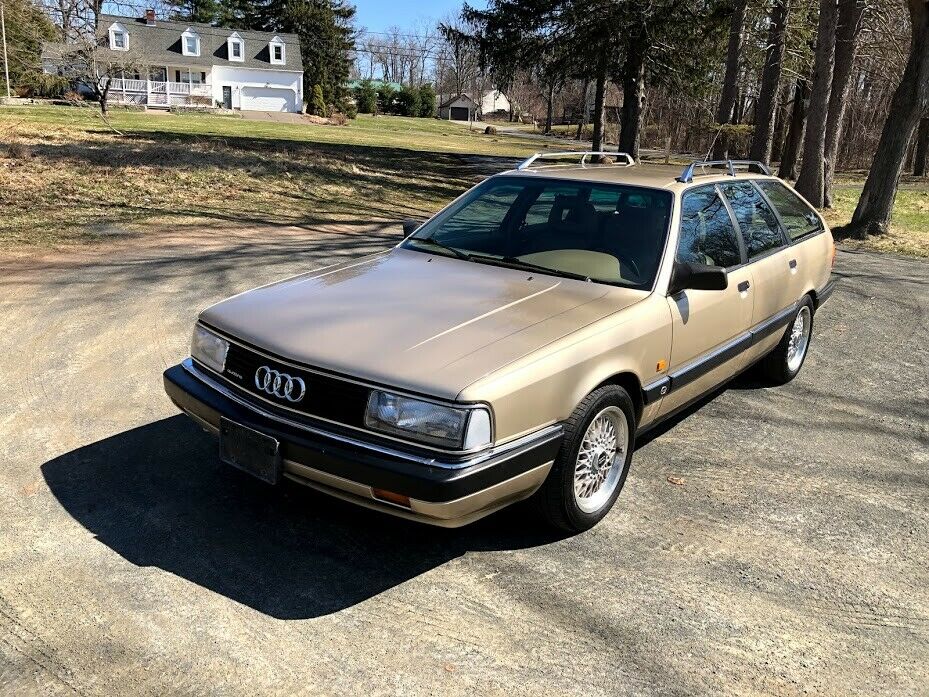The Audi 4000 quattro was like a Sherpa to thousands of European car enthusiasts; a steadfast winter standby with slick styling and Rally-bred sure-footedness. On paper, looking back today the 4000 was probably a bit dull; nearly 2,900 lbs of brick-on-brick design with a measly 115 horsepower motivation from the slow-revving oddball inline-5 hanging entirely in front of the forward axleline. But numbers don’t tell the whole story of the B2 Audi, because in any configuration it’s a great handling car. The quattro, however, had some special features that would have been headline items for any sports sedan until very recently; four wheel independent suspension with a large front sway bar and four wheel disc brakes. Couple that with the first all-wheel drive system fitted to a small car, sprinkle some luxury items in and cut the price of the exotic Quattro in half, and it didn’t matter that it wasn’t particularly fast.
What the 4000 quattro was, though, was one solid all-around performer. The subtle changes from the front-drive sedan resulted in a car that felt more grown-up and refined, yet still pushed you to do silly Hoonigan things. 4000 quattro owners that I’ve talked to almost always have the same proud story; the time that they managed to get their 4000 quattro stuck. Normally, that would be a cause for embarrassment, but such was the grip of the plow-through-anything small sedan that it became a badge of honor when you outdid the car’s twin-locking differentials. The secret, of course, was just to make sure all four wheels were in the air! But because of this type of silliness-inducing competence coupled with dropping residual value and a second or third tier of ownership that didn’t always repair or maintain the cars, few are left in good condition. But once in a while one pops up that has you seeing red…LY3D Tornado Red, in this case:
